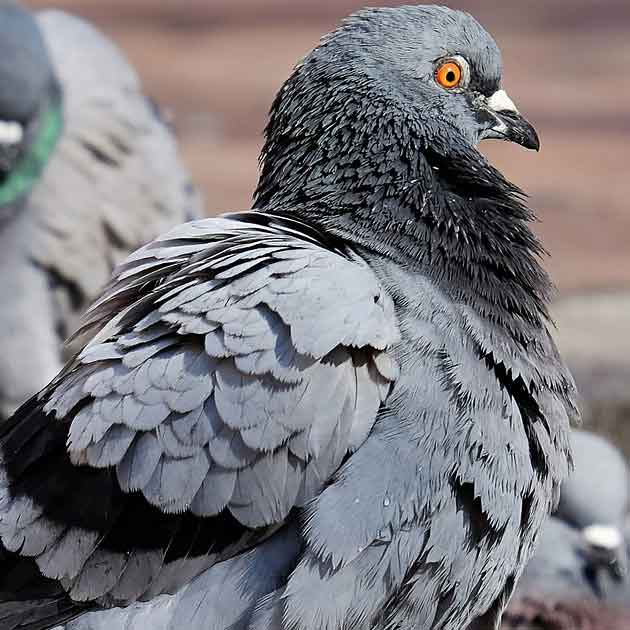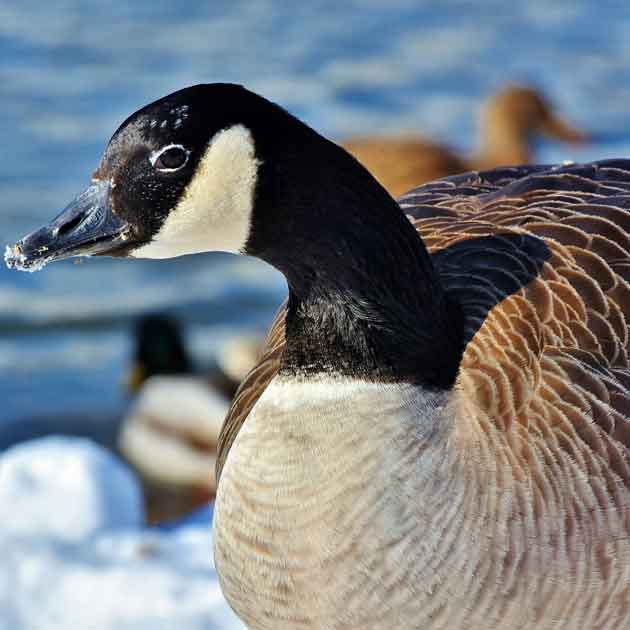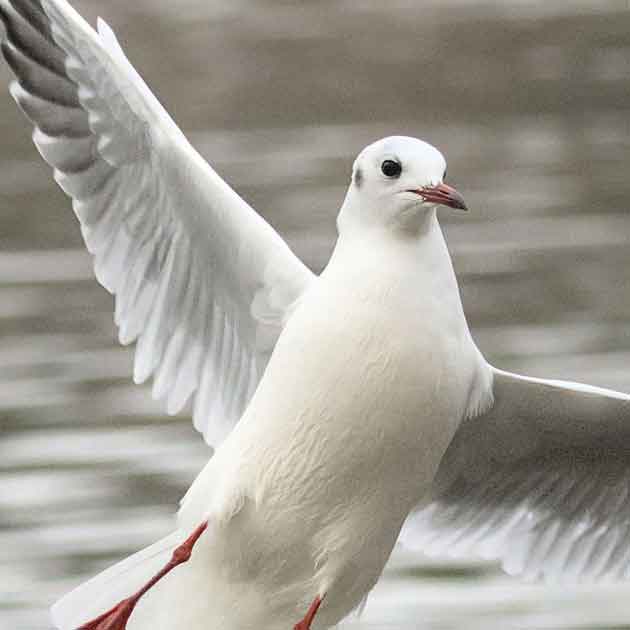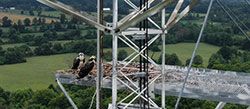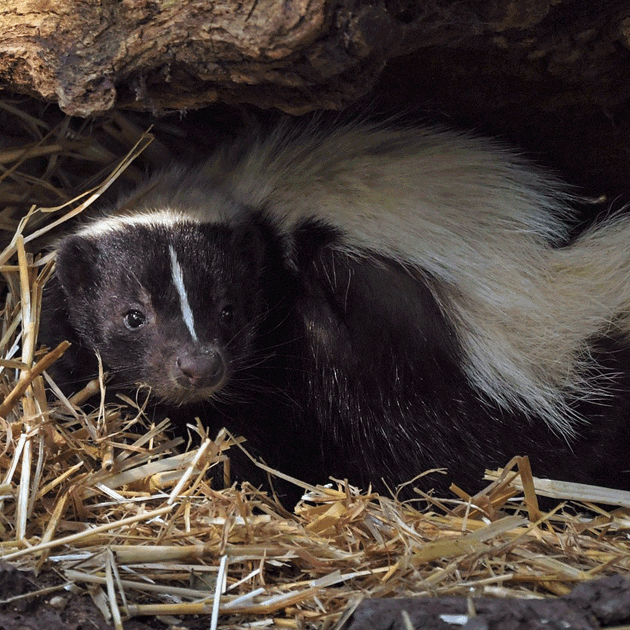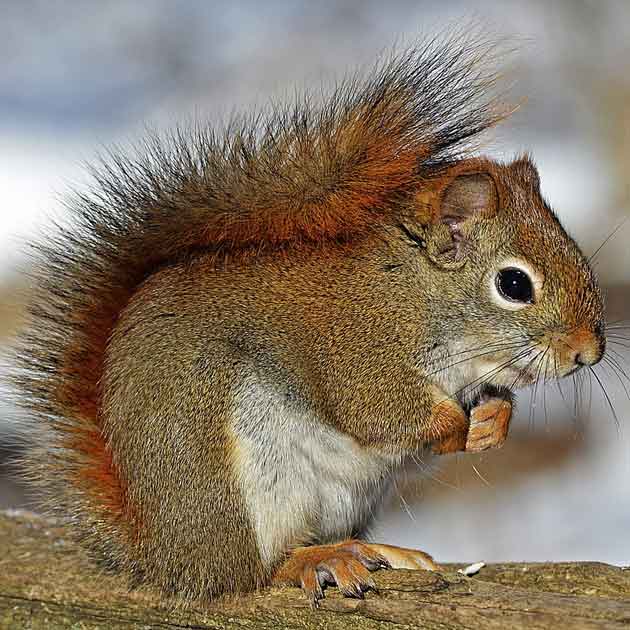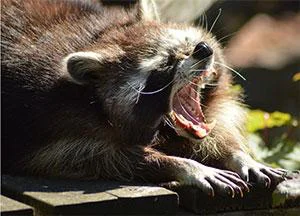And, more importantly, what do you do about a trap-shy raccoon or other animal wildlife? Let's delve in...
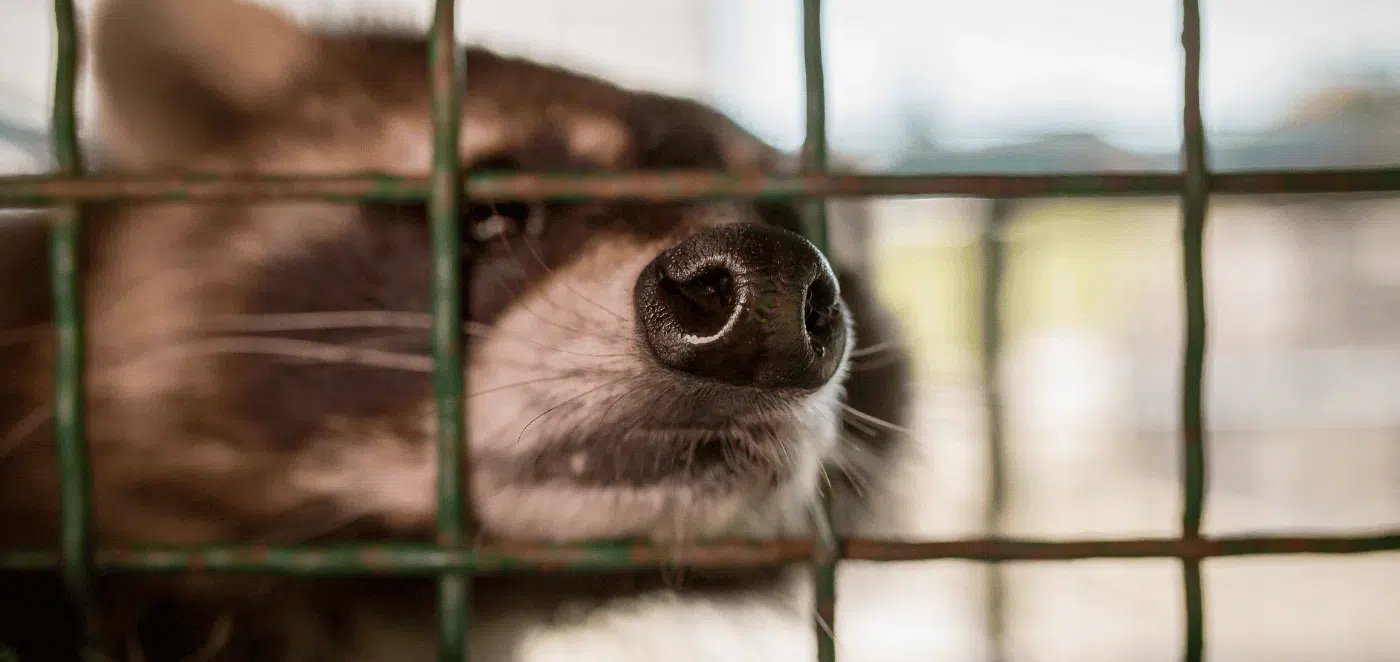
What Does Trap-Shy Mean?
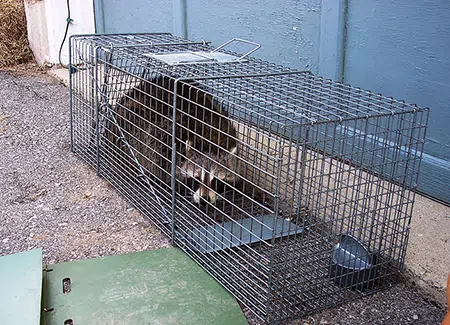 What does it mean when a raccoon or other animal is trap shy? A wild animal - especially a super smart raccoon - can become trap shy rather quickly. After one succssful trap and release ordeal, even. Let's look at what that may look like:
What does it mean when a raccoon or other animal is trap shy? A wild animal - especially a super smart raccoon - can become trap shy rather quickly. After one succssful trap and release ordeal, even. Let's look at what that may look like:
Recognizing a Trap
Raccoons are highly intelligent; they are task oriented little problem solvers, learn by observation and have a pretty decent memory. Once trapped and released, they will see a trap and remember what happened the last time they rushed in to grab a free snack. And, unlesss food is scarce at the moment and the treat you left in the trap is oh-too-tempting, they may graciously decline your offerings.
Watching Human Activity
Once a raccoon has had a trap and release experience, he may not only recognize a trap as such, but also recogize humans checking on the trap as related to his previous adventure. Once a trap has been set, it needs to be monitored regularly to ensure that the trapped animal is ok. So, a clever raccoon watching humans coming to check on the trap may very well be able to connect the dots.
Foregoing The Bait
While raccoons are opportunistic and usually happily go for little or no effort meals, they may make a wide berth around the trap and whatever yummy bait you may have set out if they associate the treat with a prior trapping experience.
How Do You Deal with a Trap Shy Raccoon?
If a raccoon has become trap shy, you'll need to acquire heaps of patience. Figuring out what to do with a trap-shy raccon may turn into a hit 'n miss exercise of when to trap, where to trap, and with what to trap. Buckle up!
When to Trap
While raccoons are nocturnal, they do mosey out 'n about during the daytime as well. However, they are most active between dusk and and the wee morning hours... so your trap should be set in the evening, before dark. Scout out where you want to put it and make the actual trap placement quick. Remember... you may be watched!
Where to Trap
If you know where the raccoon is snoozing during the day, place the trap outside its den. If you are aware of a travel route frequented by your furry trash panda, place it there. Along fence lines or hedges is a good spot, as most wildlife will avoid wide open spaces and travel alongside or under cover.
With What to Trap
So, let's talk about the trap itself: If you're dealing with a trap-shy animal you'll want the trap to be big. Bigger is better. Where normally a medium size trap would do the job, opt for a large one. This gives the illusion of space, rather than confinement. Whatever trap you use - camouflage it well. Use branches, leaves, sticks, etc to make it blend into the environment around it. A 2- way door trap can be a great idea, because it looks more like a tunnel or a passage way than.. well... a trap.
How to Trap a Trap-Shy Raccoon
Great. We have the trap, we have the disguise, and we figured out the perfect spot to place it. Actually, there's one more thing to consider: Raccoons are STRONG and determined. If possible, secure side of the trap to a fence or other structure with zip ties to prevent it from toppling over if rattled violently. After all this is in place - now what? How do we get the raccoon to get in? Ah.. enter the BAIT.
What Bait is Best to use to Trap a Raccoon?
 What do raccoons like to eat? Raccoons LOVE fish. And wet cat food, the smellier, the better. And eggs with or without bacon! But, did you know that raccoons also have a rather refined sweet tooth? They actually adore marshmallows. Peanut butter and jelly sandwiches - no longer just for the kids! Donuts and honey work, too. And sweet fruit is also on the list of favorites: water melon, honey melon and also sweet corn. If you have other wildlife (such as skunks!) around, you should probably stick with the sweets for your trap to avoid catching something unintended.
What do raccoons like to eat? Raccoons LOVE fish. And wet cat food, the smellier, the better. And eggs with or without bacon! But, did you know that raccoons also have a rather refined sweet tooth? They actually adore marshmallows. Peanut butter and jelly sandwiches - no longer just for the kids! Donuts and honey work, too. And sweet fruit is also on the list of favorites: water melon, honey melon and also sweet corn. If you have other wildlife (such as skunks!) around, you should probably stick with the sweets for your trap to avoid catching something unintended.
Non-Edible Bait
In addition to being the opportunistic little thieves that they are, raccoons are also very curious. A balled up sheet of tinfoil may look intriguing enough for a raccoon to come in for a closer look.
Where to Place the Bait?
Especially for a trap-shy animal, a bait trail should start outside of the trap. Sprinkle whatever your offerings are around the trap and in front of the opening. Those are the appetizers. Then place a bigger chunk of bait towards the back of the cage trap - far enough in, so that the door mechanism is tripped.
A Word of Caution
The more often you set a trap and don't catch a raccoon, the more this becomes a teachable moment for the animal. Chances are they watched you place the trap and/or the bait and they've figured out that just munching on what's outside of the trap is the way to go. If you're setting out traps and find the cage empty but the bait gone, it's time to call in the Professionals. You may have been outsmarted.
Monitoring your Raccoon Trap
If you set a trap you'll have to be able to monitor it and check on its status twice a day. Not only do you want to make sure that the animal in there is ok and get it transferred promptly to wherever it's going next, but you'll also want to ensure that raccoon doesn't escape after all you just went through to catch it. As mentioned before, raccoons are really quite strong (moreso than you think) and they will attempt to destroy your trap and get out of Dodge, come hell or high water. With their super nimble litte paws and sharp claws, they will bend and tear the wire with all their might. They will also body slam the sides of the trap to make it roll over. Remember to wear heavy gloves, too, when you handle the trap after capture.
Hawkeye for Raccoon Remvoal
If all of the above sounds a bit daunting or you've already tried all that and failed - contact Hawkeye Bird & Animal Control. Whether you opt for releasing the animal within one kilometer of your location or want it removed permanently, the licensed Wildlife Technicians at Hawkeye are here to help. We offer Raccoon Removal Services all over the GTA - also visit our Toronto, Brampton, and Mississauga pages.


